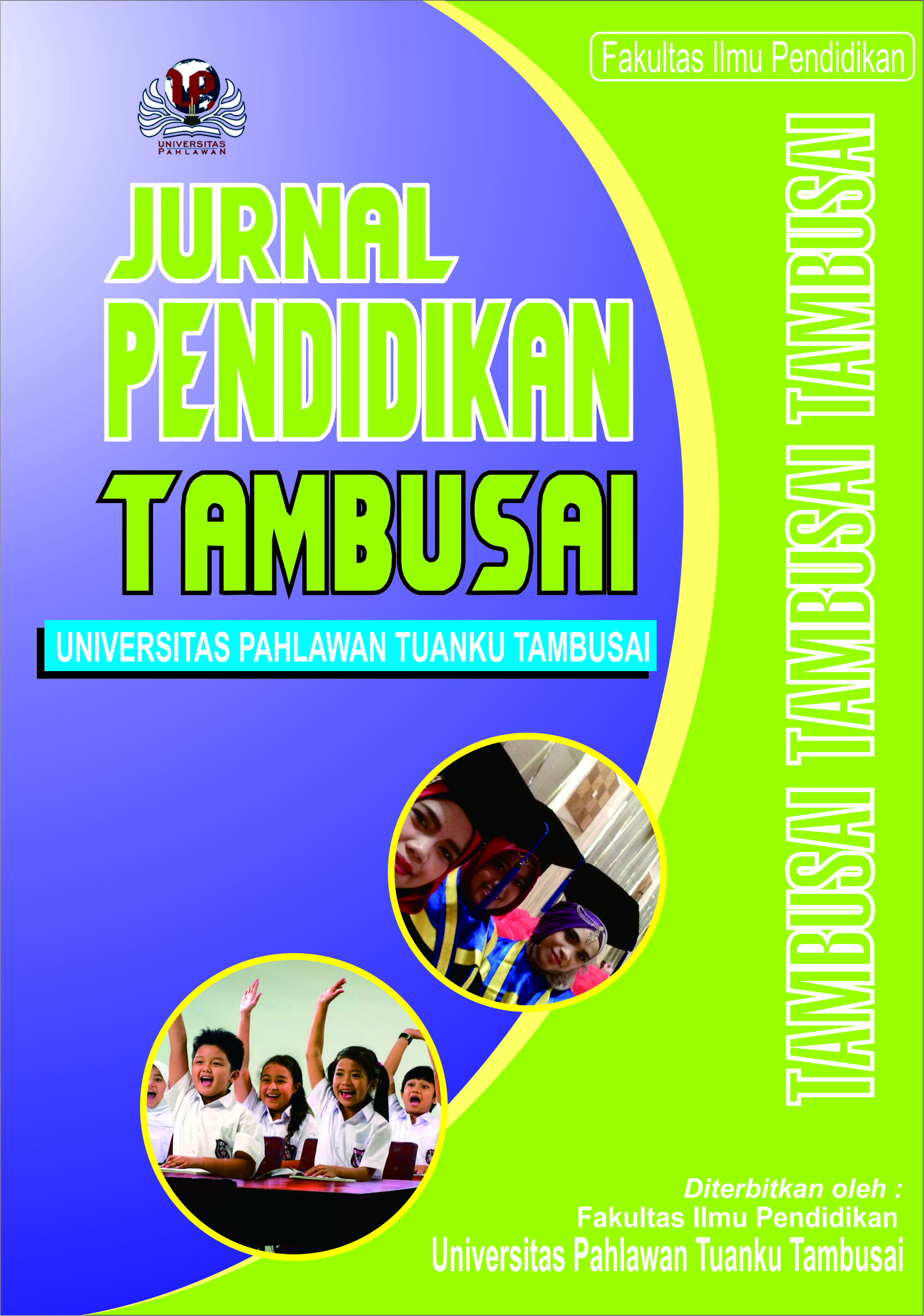The Effect of Diglot-Weave Technique on Student's Vocabulary Mastery
DOI:
https://doi.org/10.31004/jptam.v6i1.3699Keywords:
Penguasaan Kosakata, Teknik Diglot WeaveAbstract
Teknik Diglot Weave digunakan pada penguasaan kosakata siswa kelas XI SMA N 1 Kerajaan. Tujuan penelitian ini adalah untuk menentukan apakah penggunaan teknik Diglot Weave memiliki dampak yang signifikan terhadap penguasaan kosakata siswa. Rancangan penelitian kuantitatif eksperimental untuk penelitian ini dilaksanakan di kelas XI SMA Negeri 1 Kerajaan Kabupaten Pakpak Bharat, Sumatera Utara, dengan melibatkan dua kelompok yaitu XI MIPA 1 sebagai kelompok eksperimen dan XI MIPA 2 sebagai kelompok kontrol dengan menggunakan dua kelompok perlakuan teknik yang berbeda : teknik Diglot-Weave dan metode konvensional dengan total 40 siswa. Kelompok eksperimen terdiri dari 20 siswa, sedangkan kelompok kontrol terdiri dari 20 siswa. Data untuk penelitian ini berasal dari 40 tes kosakata pilihan ganda. Tes diberikan kepada kelompok eksperimen dan kontrol sebagai pre-test dan post-test. Berdasarkan hasil penelitian ini, nilai rata-rata kelompok eksperimen pada pre-test adalah 52,87, dan nilai rata-rata pada post-test adalah 64,75. Sementara itu, nilai rata-rata pre-test kelompok kontrol adalah 51,12, dan nilai rata-rata post-test mereka adalah 61,25. Pengujian hipotesis menghasilkan Ha diterima dan Ho ditolak karena thitung > ttabel = 1,97 > 1,68. (5%). Artinya teknik Diglot Weave berpengaruh signifikan terhadap penguasaan kosakata siswa kelas XI SMA N 1 Kerajaan.
References
Chelcea, E. D., Devanti, Y. M., & Oktarini, W. (2016). Improving English Vocabulary Mastery of Grade Viii Students Through Student Team Achievement Division ( Stad) Method. Journal of English Language Teaching Society (ELTS), 4(2), 1–12. https://media.neliti.com/media/publications/245483-none-64597bc1.pdf
H??ng, N. T. T., & H??ng, T. T. M. (2021). Improving Students’ Vocabulary Using the Diglot-Weave Technique. TNU Journal of Science and Technology, 226(03), 43–50. https://doi.org/10.34238/tnu-jst.4083
Ivone, F. M. (2005). Teaching english as a foreign language in indonesia: the urge to improve classroom vocabulary instruction. TEFLIN Journal, 16(2), 195–208. http://journal.teflin.org/index.php/journal/article/view/74
Nemati, A., & Maleki, E. (2014). The Effect of Teaching Vocabulary through the Diglot –Weave Technique on Vocabulary Learning of Iranian High School Students. Procedia - Social and Behavioral Sciences, 98, 1340–1345. https://doi.org/10.1016/j.sbspro.2014.03.551
Section, E. (1999). or As a T K/ a. 111(1), 189–192.
Simanjuntak, O. V., & Simanjuntak, D. C. (2018). Studentsâ€TM Vocabulary Knowledge: Comparative Study Enhancing Between Semantic Mapping and Diglot Weave Techniques. Acuity?: Journal of English Language Pedagogy, Literature and Culture, 3(2), 12. https://doi.org/10.35974/acuity.v3i2.671
Downloads
Published
How to Cite
Issue
Section
Citation Check
License
Copyright (c) 2022 Christa N. A Manalu, Sahlan Tampubolon, Derliana H Berutu, Yunita S Siboro

This work is licensed under a Creative Commons Attribution-ShareAlike 4.0 International License.
Authors who publish with this journal agree to the following terms:
- Authors retain copyright and grant the journal right of first publication with the work simultaneously licensed under a Creative Commons Attribution License that allows others to share the work with an acknowledgement of the work’s authorship and initial publication in this journal.
- Authors are able to enter into separate, additional contractual arrangements for the non-exclusive distribution of the journal’s published version of the work (e.g., post it to an institutional repository or publish it in a book), with an acknowledgement of its initial publication in this journal.
- Authors are permitted and encouraged to post their work online (e.g., in institutional repositories or on their website) prior to and during the submission process, as it can lead to productive exchanges, as well as earlier and greater citation of published work (See The Effect of Open Access).



